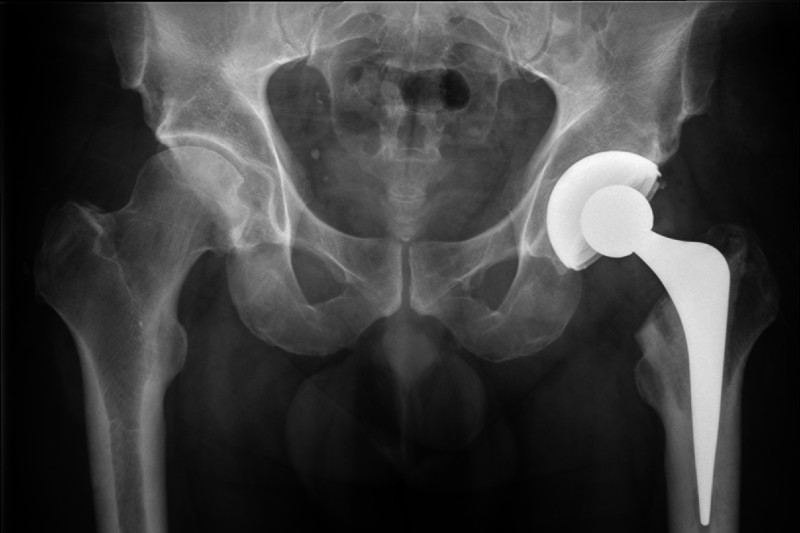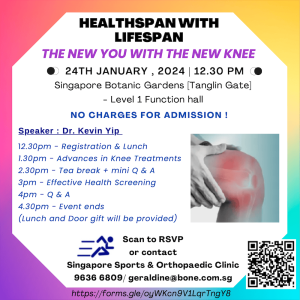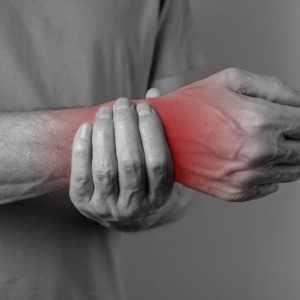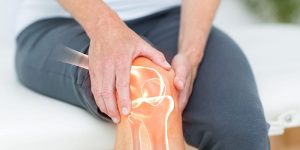Our hips and knees undergo a lot of stress throughout our lives. These joints absorb substantial force and weight when we walk, jump, and move. With wear and tear over time, the cartilage in our joints breakdown causing pain during weight-bearing activities.
Other than Cartilage wear out limb/joint misalignment, joint space narrowing, stiff joints, disease, or traumatic conditions may inflict pain and limit movement and mobility
Arthroplasty surgery can lead to restored function of these joints and an improved overall quality of life. The new joint can last up to 15-20 years. Trends in Singapore continue towards most individuals having at least one arthroplasty procedure in their lifetime
The most common Arthroplasty Surgeries in Singapore replace the hip or knee joint. It is one of the most effective and affordable surgeries in Singapore.
What Are the Benefits of an Arthroplasty?
With technological improvements, joint replacement surgery continually gets better, fast and cheaper. Undergoing an Arthroplasty surgery can benefit individuals by
- Pain Relief
- Improved mobility
- Decreased risk of depression
- An increased quality of life
The overall outcome of these procedures are high, with almost all experiencing decreased pain levels and improved functioning. However, as with any surgery, the procedure does not come without its risks. Risks include:
- Infection
- Bleeding
- Blood clots
- Loosening of replacement parts
These risks are often higher in those that suffer from pre-existing conditions beforehand.
Why Undergo an Arthroplasty?
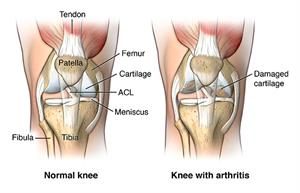
Degenerative diseases, such as osteoarthritis, are the most common reasons for undergoing an Arthroplasty Surgery.
Osteoarthritis is the most common form of arthritis. Over time, wear and tear causes the protective cartilage in between bones to breakdown. This creates painful bone-on-bone grinding. Other reasons for undergoing an Arthroplasty procedure include injury or damage to the joint, necrosis, or rheumatoid arthritis.
While physiotherapy and chiropractic care methods may help ease the pain via strengthening of the surrounding muscles, pain may still persist. When the pain begins to interfere with one’s quality of life and daily activities, an Arthroplasty procedure is often recommended.
What Does a Arthroplasty Procedure Involve?
In short, the affected joint is either replaced or partially reconstructed. Since the 2 most common procedures involve the hip or knee, the following outlines hip and knee arthroplasty surgeries in a step-by-step process.
Hip Replacement Surgery:
- A general anesthesia is administered. This will allow you to sleep during the surgery and allow your muscles to relax making the operation easier for the surgical team to perform. You will also feel no pain during the procedure.
- An incision is made on the side of the hip.
- The ball portion of the femur bone is removed and replaced with an artificial part.
- Damaged portions of hip bone, such as cartilage, are removed.
- The replaced ball portion of the femur bone is then inserted into the hip.
- Tissue, such as muscle, is reattached, and the incision is, then, closed.
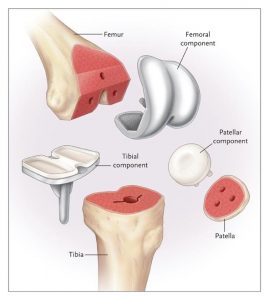
Knee Replacement Surgery:
- A general anesthesia is administered. This will allow you to sleep during the surgery and allow your muscles to relax making the operation easier for the surgical team to perform. You will also feel no pain during the procedure.
- An incision is made vertically in the front of the kneecap.
- The kneecap is moved out of the way to make room to perform the surgery directly on the joint.
- Damage to the femur bone is removed. It is, then, resurfaced to fit the artificial piece.
- An artificial piece is attached to the end of the femur bone.
- The top of the shin bone is treated in a similar fashion. Damaged portions are removed and the top of the shin bone is fitted with an artificial piece.
- A plastic piece is snapped into the top of the shin bone’s new part to help the knee bend properly.
- The patella is adjusted. A plastic piece may also be added to the patella to allow it to fit properly in the new knee joint.
- The joint is moved to ensure each piece is functioning properly. Then, the incision is closed.
Pre-Surgery Care
Before surgery, the appropriate examinations and tests are carried out to minimize risks. Your surgeon will fully explain the procedure and answer any questions you may have. You will also be advised not to consume any food for a set time before the procedure.
If you are on a waitlist for surgery or have months in advance to plan, it is recommended to begin strengthening around the area before undergoing the procedure. Strengthening these muscles beforehand will help with the recovery process. Discuss your options with your surgeon or your chiropractor and physiotherapist.
Post-Surgery Care
Following an Arthroplasty surgery in Singapore, your surgical team may require that you move your joint the right away. For hip replacement surgery, you may be required to walk right after surgery. This will ensure proper healing and mobility of the new joint. Your doctor will also prescribe pain medication to help you deal with the initial stages of recovery including how to take proper care of the incision while it heals.
It is also important to take extra care not to fall after surgery as this could cause damage to the newly replaced joint. Use handrails and supports when necessary. Often, a rehab program through a registered physiotherapist or chiropractor is recommended during the post-surgery stage.
Orthopaedic Care after Arthroplasty
Before joint replacement surgery, exercise may help decrease and manage your pain levels. Following an Arthroplasty Surgery, exercise in the rehabilitation process can help:
- Decrease swelling
- Improve range of motion and mobility
- Improve gait and help retrain gait mechanics
Your physician will work with you to help you gain back your confidence and get you back to your regular activities. Initially, heat or ice application may be used to help reduce the swelling and pain. They will prescribe and help you perform stretches and strengthening exercises to help promote movement of the joint and provide support to the new joint.
Having a qualified healthcare professional guide you through the rehabilitation process can help determine the success of your Arthroplasty surgery. It also ensure you complete your exercises correctly which is essential to proper function of the new joint.
For the knee joint, post-surgery exercises focus on strengthening the quad and achieving full range of flexion. For the hip joint, post-surgery exercises will focus on the gluteal muscles, the major muscles of the leg, and core strengthening.
At the Singapore Sports and Orthopaedic Clinic, our team of doctors and surgeons can guide you through the entire process. Our experts provide the best treatment and care during the pre-surgery, surgery, and post-surgery stages. Our experienced team can help you get back to living your life, free of pain.
Call and book your consultation today. Get back to your regular activities and get back to enjoying your life.



